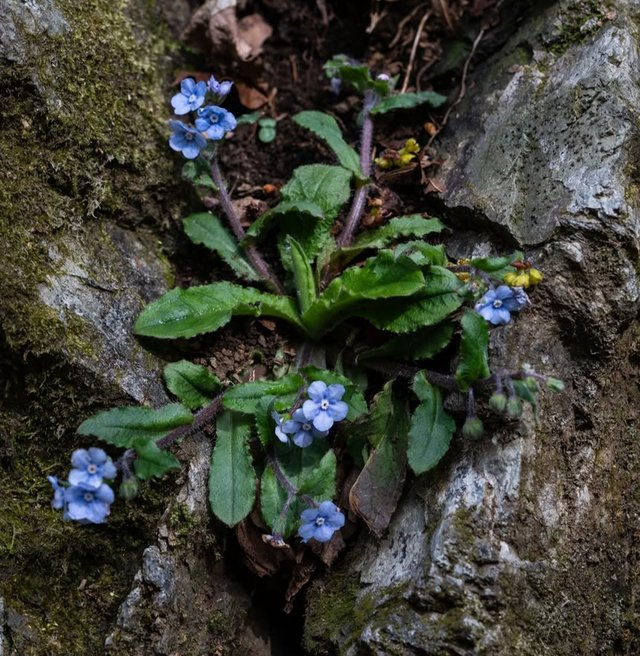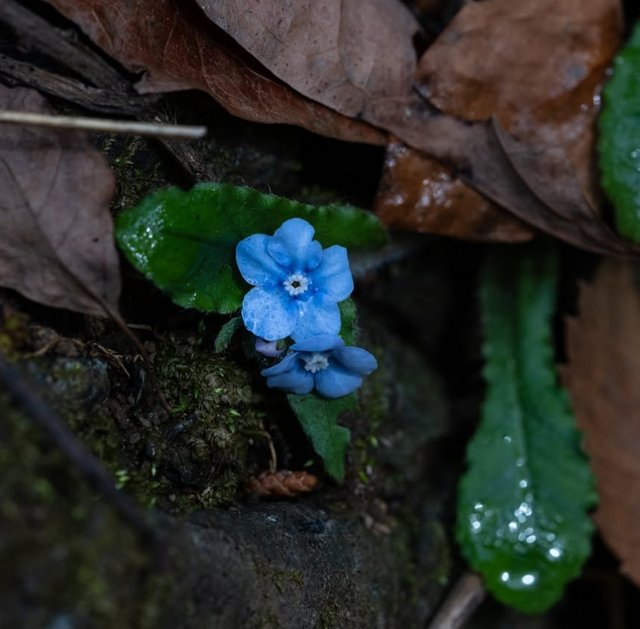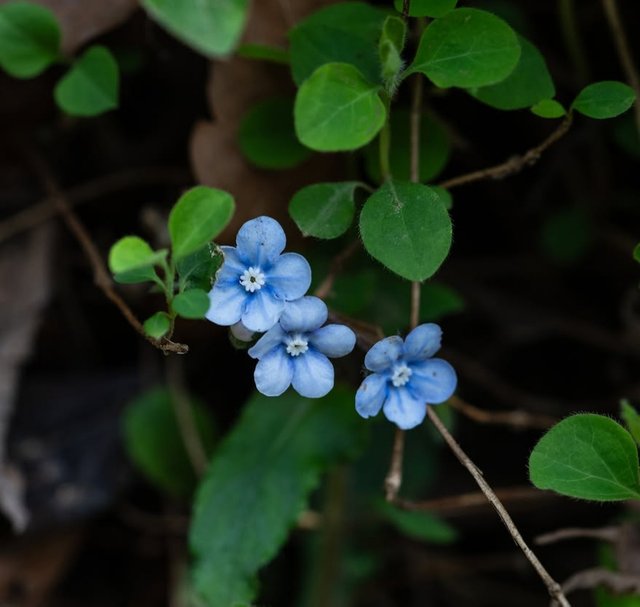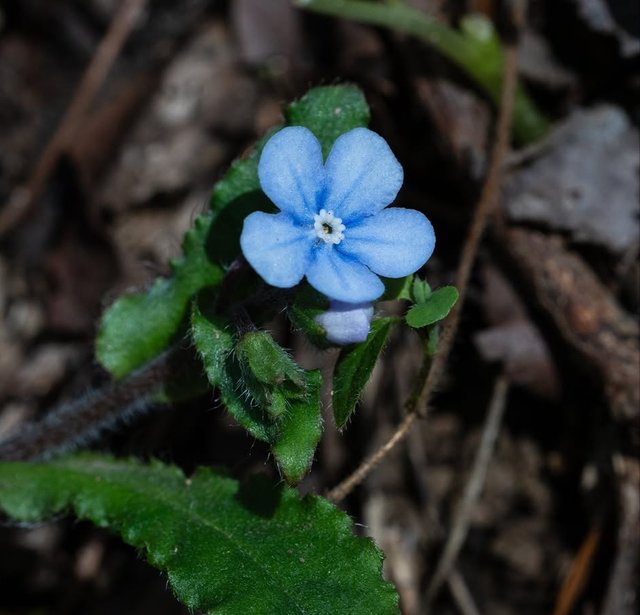So Beautiful Scorpion Grasses Flower
Scorpion Grasses: The Endearing Beauty of Myosotis
Often recognized by their delicate sky-blue petals and golden-yellow centers, Scorpion grasses—more commonly known as Forget-Me-Nots (Myosotis)—are far more than just a charming presence in the garden. These petite wildflowers carry a fascinating blend of botanical wonder, rich symbolism, and historical allure that stretches back centuries.
Botanical Overview
Scorpion grasses belong to the Boraginaceae family and are comprised of approximately 50 species, most of which are native to temperate regions of Europe, Asia, and North America. The name “Scorpion grass” is believed to derive from the way their flower buds coil like a scorpion's tail—a unique characteristic of their inflorescence known as a scorpioid cyme.
Typically low-growing and herbaceous, these plants thrive in moist, shaded environments. Some species are annuals, while others are perennials, capable of returning year after year. They are prized for their ability to naturalize in woodland gardens and along riverbanks, creating drifts of subtle color that seem to glow in the morning dew.
The Origins of the Name “Forget-Me-Not”
The common name Forget-Me-Not is steeped in legend and sentiment. One popular tale dates back to medieval Germany, where a knight, picking blue flowers for his beloved, fell into a river and was swept away by the current. As he drowned, he tossed the bouquet to her and shouted, “Forget me not!” The name stuck, and the flower became a timeless symbol of remembrance, enduring love, and faithfulness.
Cultural and Symbolic Significance
Across cultures, Scorpion grasses have been a potent emblem of memory and devotion. In Victorian floriography, the language of flowers, Forget-Me-Nots were exchanged as tokens of love and remembrance. Their symbolism also extended to friendship, making them a popular motif in greeting cards, jewelry, and embroidered handkerchiefs.




%20(7).jpeg)